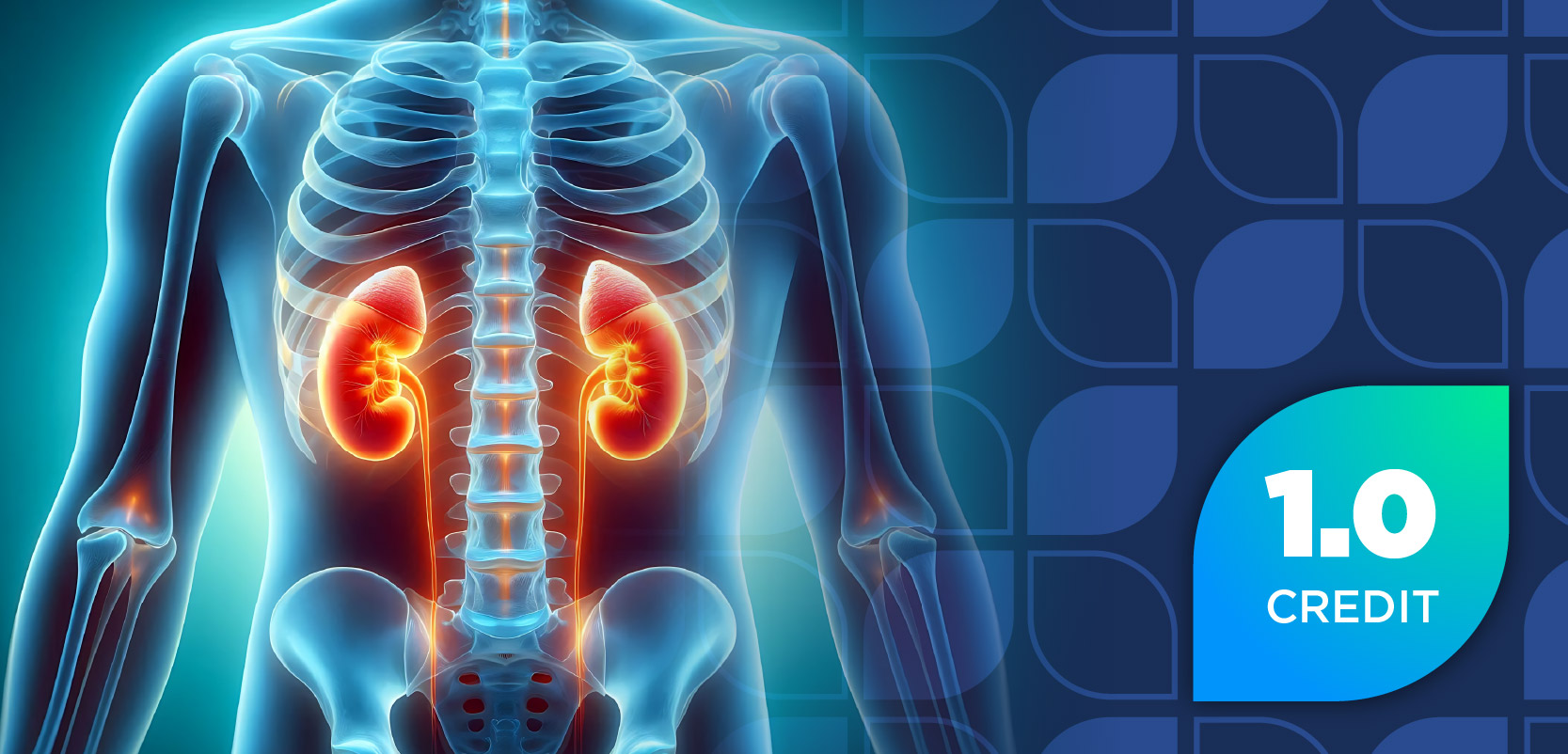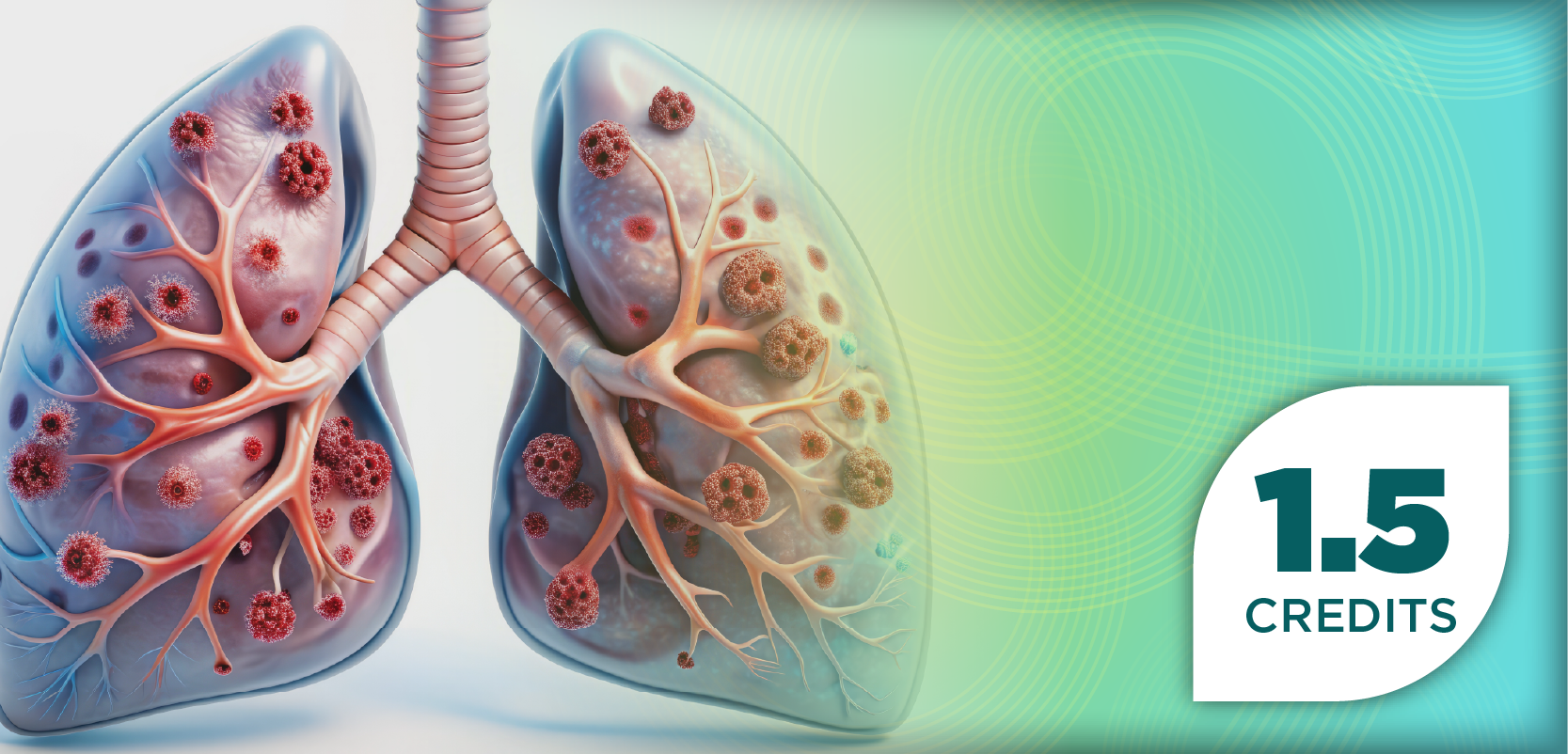
Pharmacist Role in Care Transitions Expanding
The role of the health-system pharmacist in providing transitions-of-care services is expanding rapidly.
The role of the health-system pharmacist in providing
A survey of 1435 pharmacy directors employed at general and children’s medical-surgical hospitals across the United States showed that medication-use practices have improved significantly among health-system pharmacists since 2005.
Key pharmacy services offered by hospitals throughout
The survey, which was conducted by the American Society of Health-System Pharmacists (ASHP), also showed progress in the use of medication safety technologies such as smart infusion pumps (80.5%), barcode-assisted medication administration (88.4%), electronic health records (94.1%), and
Responding to these survey findings, Daniel J. Cobaugh, PharmD, DABAT, FAACT, the editor-in-chief of ASHP’s journal, stated that the “significant growth in pharmacists’ medication [therapy] management services [MTM] and the rise in the use of medication-use technology are positive trends contributing to increased patient safety and improved patient outcomes.”
The mainstreaming of pharmacists’ participation in MTM services allows pharmacists to focus more on direct patient care, according to the survey authors.
Additionally, the greater adoption of medication-use technologies “continue[s] to have a positive impact on improving healthcare through programs that improve the efficiency, safety, and clinical outcomes of medication use in health systems,” they wrote.
The survey results appeared in the July 1 issue of the American Journal of Health-System Pharmacists.
Newsletter
Stay informed on drug updates, treatment guidelines, and pharmacy practice trends—subscribe to Pharmacy Times for weekly clinical insights.

















































































































































































































